-
Predictions & Trends

We asked our readership to send us their predictions for 2024 trends in educational facilities. Across K–12 and higher-education campuses both, we asked for opinions on topics like technology, flexible learning spaces, campus safety & security, disaster response, and more. This article is the third in a three-part series compiling responses from educational professionals and vendors.
02/08/2024
-
Predictions & Trends

We asked our readership to send us their predictions for 2024 trends in educational facilities. Across K–12 and higher-education campuses both, we asked for opinions on topics like technology, flexible learning spaces, campus safety & security, disaster response, and more. This article is the second in a three-part series compiling responses from educational professionals and vendors.
02/06/2024
-
Sustainability
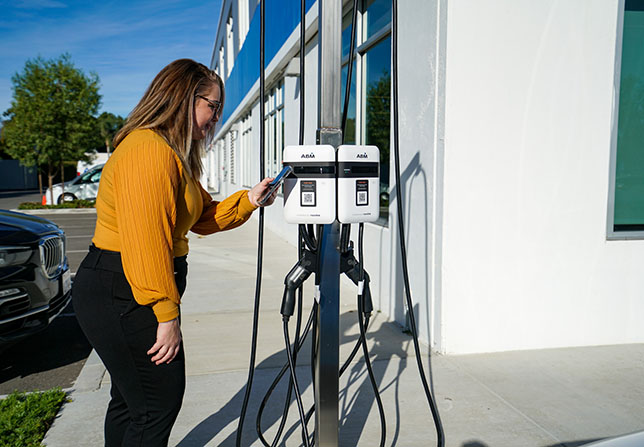
The Electric Vehicle (EV) revolution is upon us. A recent analysis by EY found that EV sales will outpace all other engines three years sooner than expected. This demand will be further driven by the Inflation Reduction Act with new incentives to encourage domestic EV production and ownership. Campuses need to be ready with convenient access to fast and reliable charging stations to support students, staff, guests, and electrified fleets.
11/28/2023
-
Facility Focus
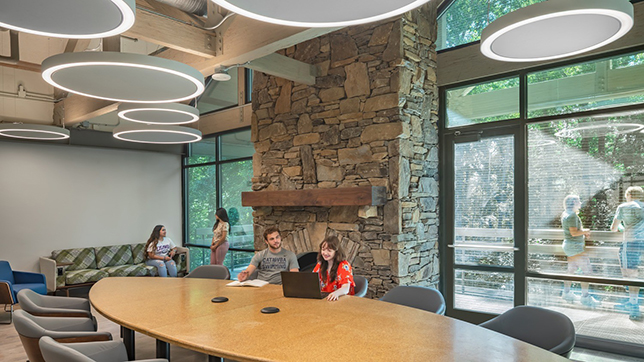
At Catawba College, home of the first certified net-zero campus in the Southeast and only the seventh in the United States, the Center for the Environment (CENV) features the Environmental Studies Department’s hands-on research laboratory. Built more than 25 years ago, the building needed major systems and aesthetics revitalization.
11/08/2023
-
Healthy Schools
Today’s K–12 leaders are tasked with everything from adhering to rigorous academic standards to implementing operational procedures to building healthy school communities, and for many, sustainability unintentionally falls to the bottom of the priority list. Further, the cost of taking on green initiatives is on the rise, making it even more of a challenge for financially strapped school districts to meet sustainability expectations and commitments.
09/05/2023
-
Facility Focus
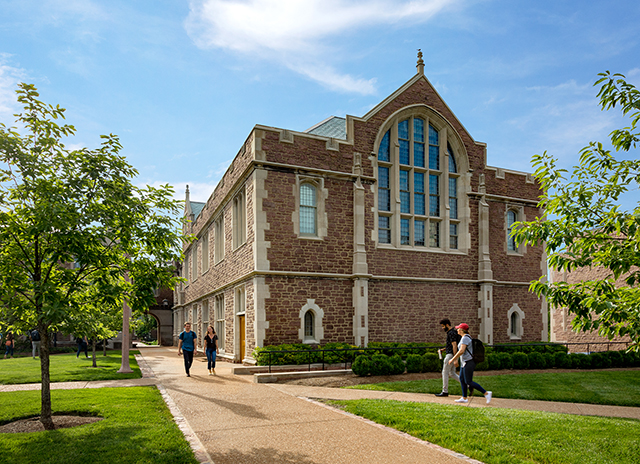
Constructed in 1922 to house the School of Law, January Hall is a three-story granite and limestone building that helped shape the identity of the Danforth Campus at Washington University in St. Louis. While iconic, it was inefficient and did not meet the university’s accessibility or sustainability standards.
04/06/2023
-
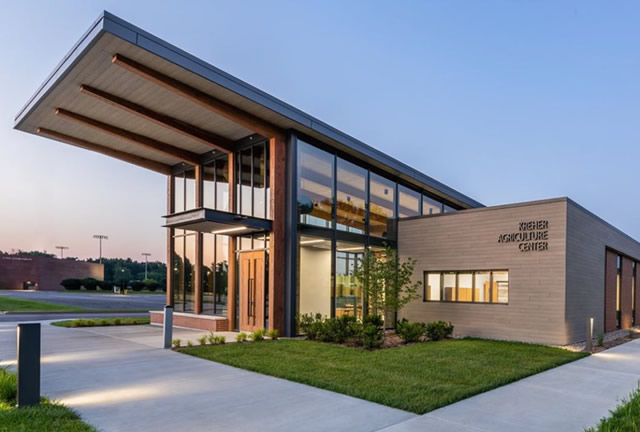
Grand Prize 2021 Education Design Showcase
10/01/2021
-
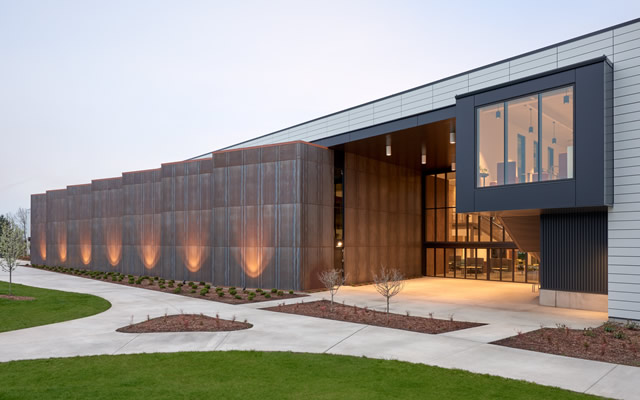
Grand Prize 2021 Education Design Showcase
10/01/2021
-
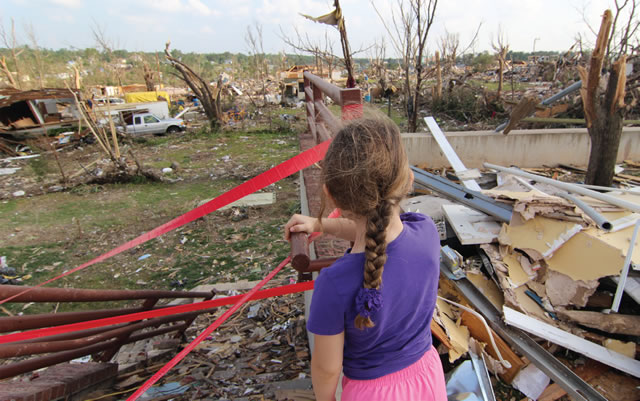
Twister. Funnel. Whirlwind. A tornado by any other name is still considered the deadliest and most destructive natural disaster on earth. Occurring on all continents except Antarctica, tornadoes have both terrified and fascinated mankind for centuries. The U.S. averages almost 1,300 tornadoes per year, more than all other continents combined. How do we protect ourselves when a tornado strikes? It is this question that has driven architects, engineers and the construction industry to develop codes and guidelines such as ICC 500 and FEMA P-361. These guidelines, at least in part, will help to ensure the proper construction of tornado shelters in order to save lives.
05/01/2021
-
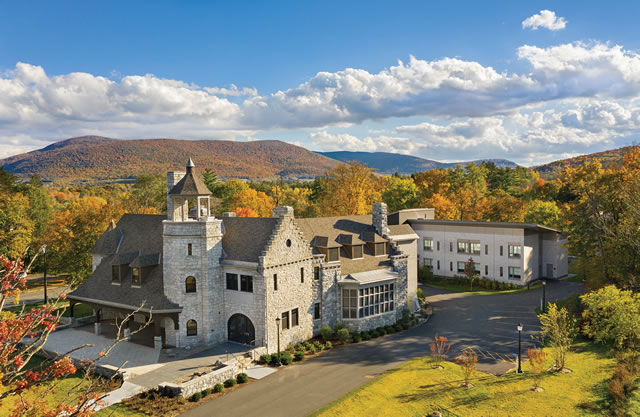 05/01/2021
05/01/2021
-
IAQ
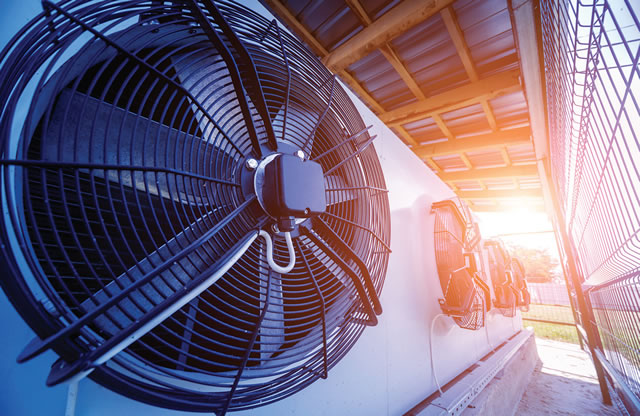 05/01/2021
05/01/2021
-
Solar Energy
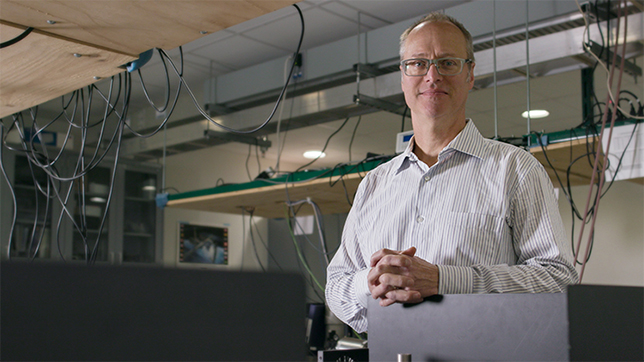
The University of Toledo just received a five-year, $12.5 million grant from the U.S. Air Force to develop flexible solar cell sheets for space. The photovoltaic energy sheets will be used to collect solar energy for powering Earth-based receivers or other orbital or aerial instrumentation, such as communications satellites.
02/26/2021
-
Podcast
 02/08/2021
02/08/2021
-
Podcast
 01/15/2021
01/15/2021
-
Classroom Spaces
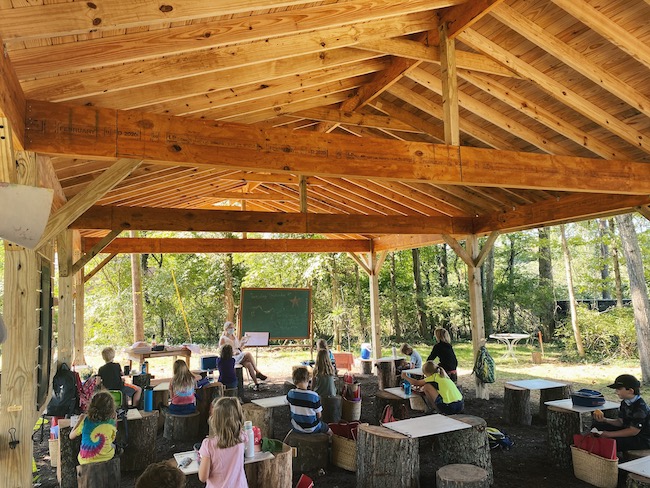
With a curriculum centered on connection to nature and environmental stewardship, Linden Waldorf School's vision for the pavilions were to move all classes completely outdoors where students get to be in nature throughout the whole school day.
11/06/2020
-
Sustainability
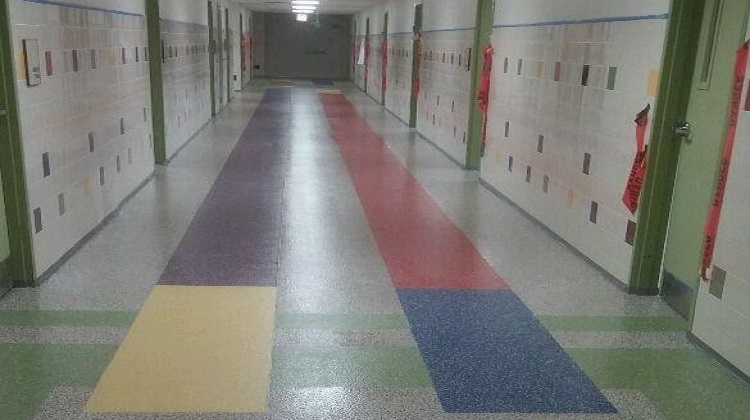
Sustainable flooring is a smart choice for schools interested in providing a healthy learning environment and demonstrating their commitment to a better global environment.
11/02/2020
-
Sustainability
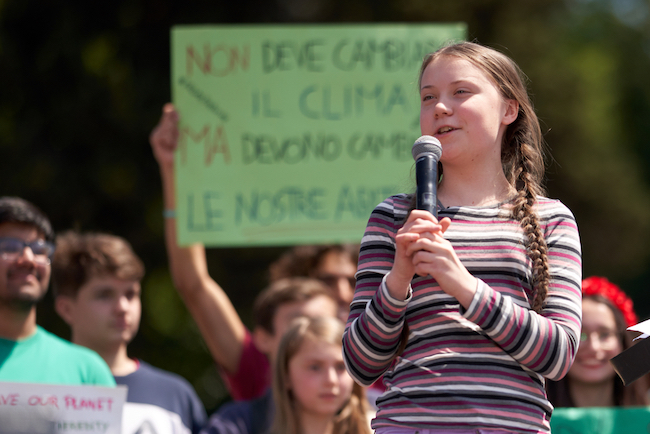
Gen Z is advocating for immediate action to secure their future. However, limited by their age, Gen Z is looking to older generations to support them through social and legislative change and conscientious transformations — socially, educationally, and within the built-environment.
09/01/2020
-
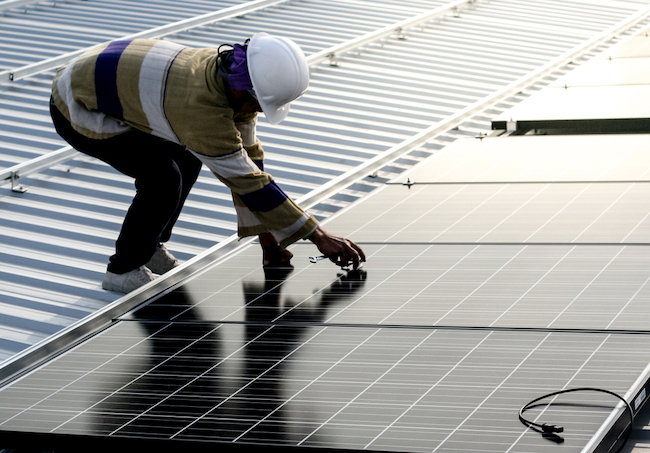
Several colleges and universities are pursuing solar solutions for two major reasons: to save money on energy costs and/or to meet sustainability goals through renewable energy projects. Whether you’re already pursuing a solar solution or just starting to consider your options, there are some important considerations to keep in mind, as well as certain factors that go into the most successful solar projects.
07/15/2020
-
Facilities
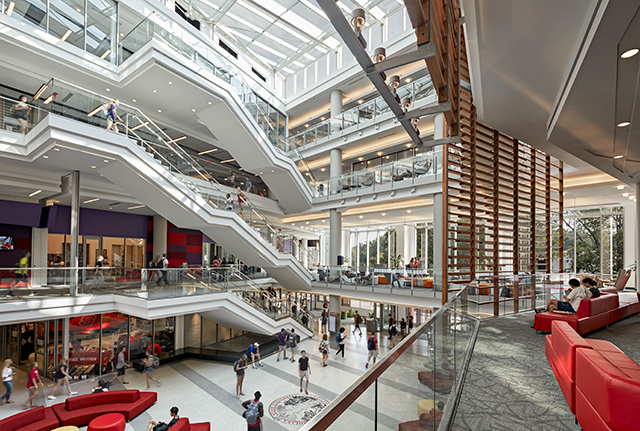
They are the first generation to be immersed in technology since birth, experiencing it as an extension of daily life. As future Gen Zers progress through our learning institutions, their characteristics, wants and needs will further shape K-12 education environments, university campuses and future workplaces.
05/25/2020
-
energy efficiency
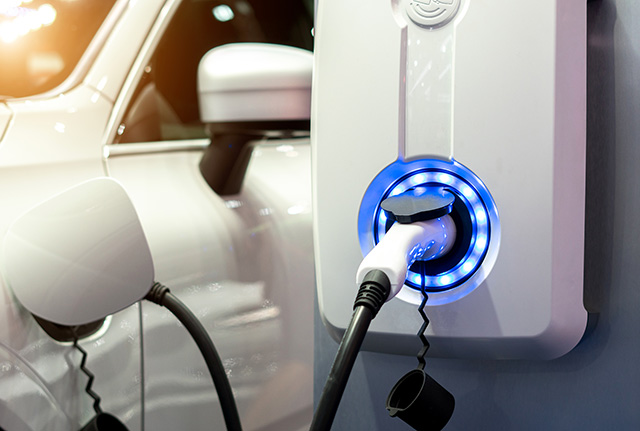
Electric vehicle chargers are much more than a plug-and-play upgrade to the old gas pump.
03/06/2020
-
Sustainability
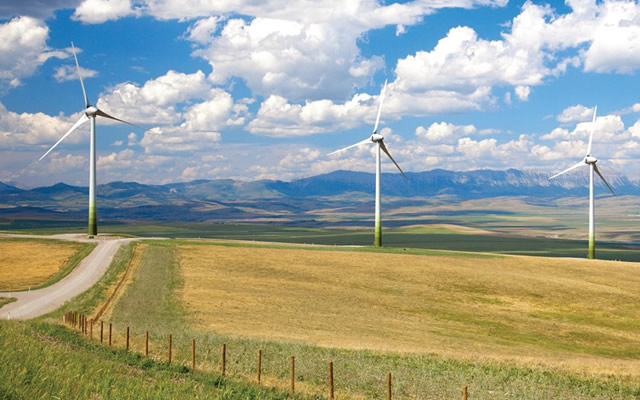
Architects continue to design buildings much the same way they always have; yet, a carbon-free future will require new practices, namely true, front-loaded integrative design.
03/01/2020
-
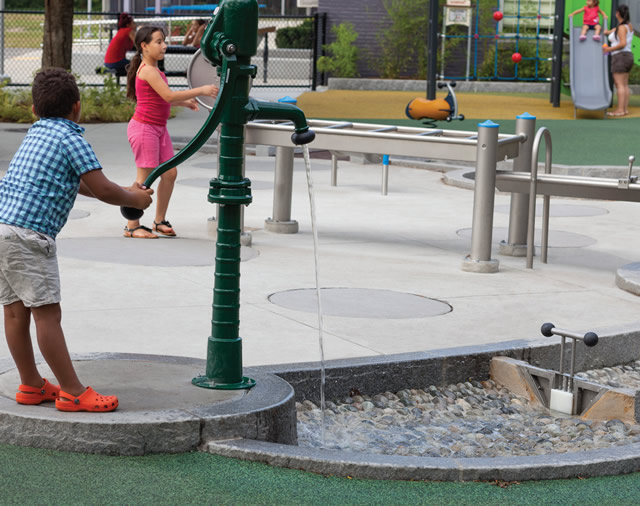
For students of all ages, carefully planned outdoor learning areas and features can become an integral component of education.
03/01/2020
-
Facility Focus: Outdoor Spaces
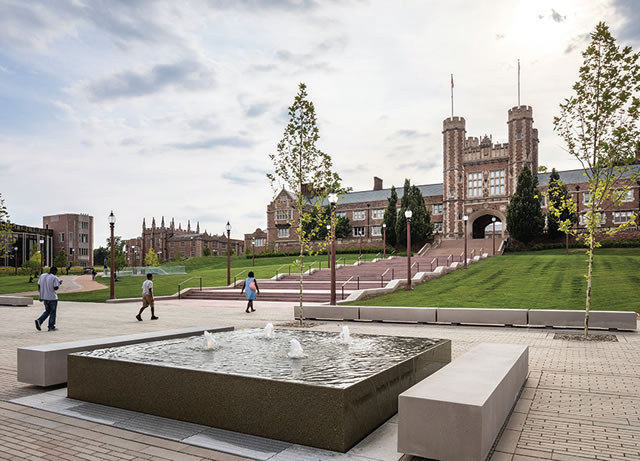 01/01/2020
01/01/2020
-
Maintenance & Operations
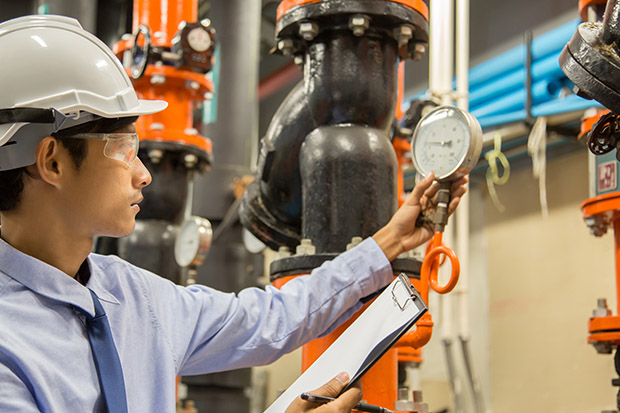
Comprehensive scoping plus planning equals savings.
12/04/2019
-
Q&A
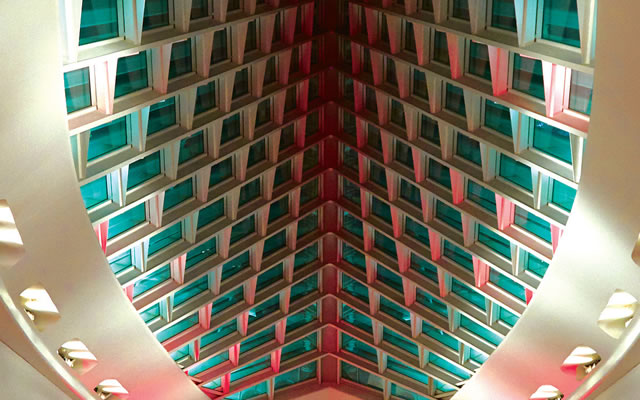
Jim McGarry, EDmarket president and CEO, reflects on this year's EDspaces conference and gives us a glimpse into the future of educational facilities design and management.
11/01/2019
-
Guest Viewpoint
A few solutions to minimize renovation costs and support sustainablity goals.
11/01/2019
-
Modernization
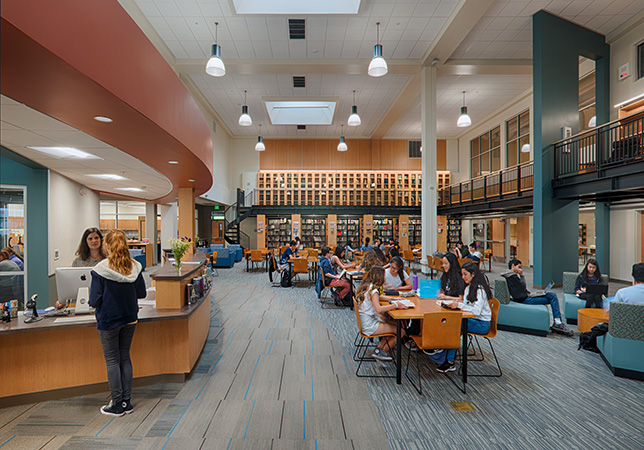
Palo Alto High School staff envisioned a library that would feature updated technology, natural light, and a more functional, open layout with clear sightlines and improved circulation patterns.
10/18/2019
-
Oudoor Areas
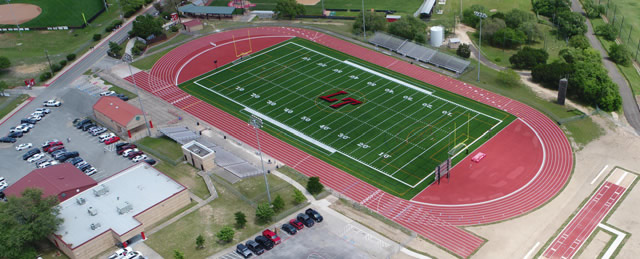 10/01/2019
10/01/2019
-
Interiors
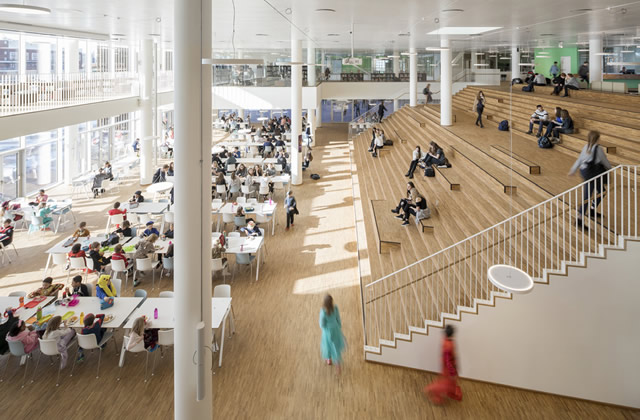 10/01/2019
10/01/2019
-
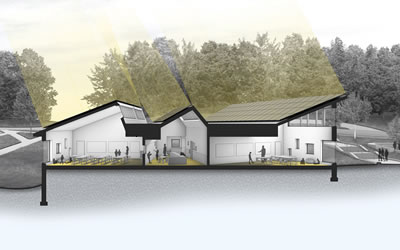
Targeting net positive energy design, the Fales Elementary School's positioning and geometry optimize energy generation from rooftop PV cells and daylighting.
09/01/2019
-
The Sustainable Campus (Trends and Innovations)
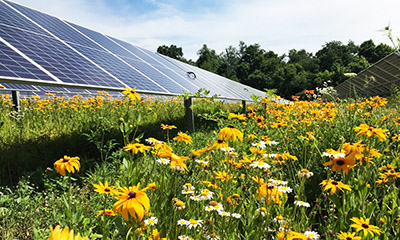
Denison University has turned a solar installation into a bee and butterfly habitat.
09/01/2019
-
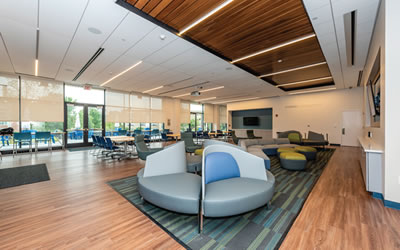 09/01/2019
09/01/2019
-
Lighting
 09/01/2019
09/01/2019
-
The Sustainable Campus (Trends and Innovations)
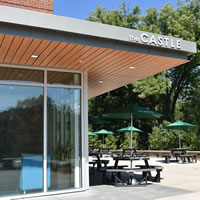 07/01/2019
07/01/2019
-
Editor's Note (The View From Here)
07/01/2019
-
Looking Forward

Life's one constant is change and College Planning & Management is here for it. From the expansion of big data to plant-forward dining options, schools are adapting with the times. Here's a look at what's happening now and into the future. Is your school ready for what's next?
07/01/2019
-
On the campus of the University of California, Berkeley, Chou Hall is a leading example of the practice of sustainable development.
06/25/2019
-
06/18/2019
-
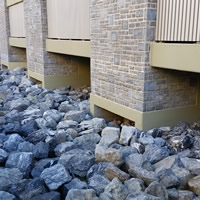
Addressing stormwater controls early in facilities design and incorporating multiple solutions can yield cost savings and long-term benefits to a campus and its neighbors.
03/11/2019
-
The Sustainable Campus (Trends and Innovations)
A successful focus on renewable energy and campus-wide cooperation.
03/01/2019
-
Facilities (Learning Spaces)
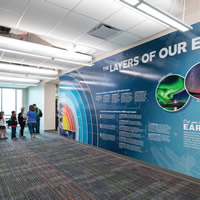
The structure and surrounding landscape can be active learning tools.
03/01/2019
-
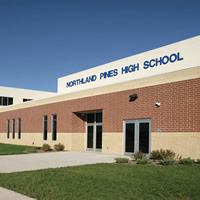
K-12 school buildings that automatically manage and control utility costs 24-hours a day.
03/01/2019
-
To ensure that your institution is better-equipped to withstand disruption or change, consider combined heat and power (CHP) as a powerful component of a resilience strategy.
02/07/2019
-
Intelligent Buildings (Facility Systems and Efficiency)
Leveraging a strategic impact plan for energy training and education.
11/01/2018
-
The Sustainable Campus (Trends and Innovations)

Bucknell University will grow vegetables for learning, wellness, and engagement.
10/01/2018
-
Participating schools will join hospitals, restaurants, and hotels in the New York City Water Challenge. In addition to fixture retrofits, universities will initiate student water conservation campaigns.
09/28/2018
-
Facilities (Campus Spaces)
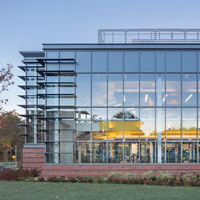
Traditionally seen as venues for sporting events, workouts, and team practices, campus sports and recreation buildings are taking on an exciting new mission.
09/01/2018
-
Fire & Life Safety (Focus On Preparation and Prevention)
A look at the safety concerns of renewable energy storage.
09/01/2018
-
Facility Focus (Specialty Spaces)
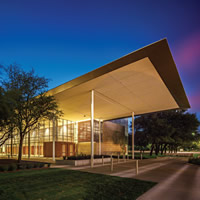 09/01/2018
09/01/2018
-
The Sustainable Campus (Trends and Innovations)
Colorado School of Mines challenges students with energy awareness.
09/01/2018